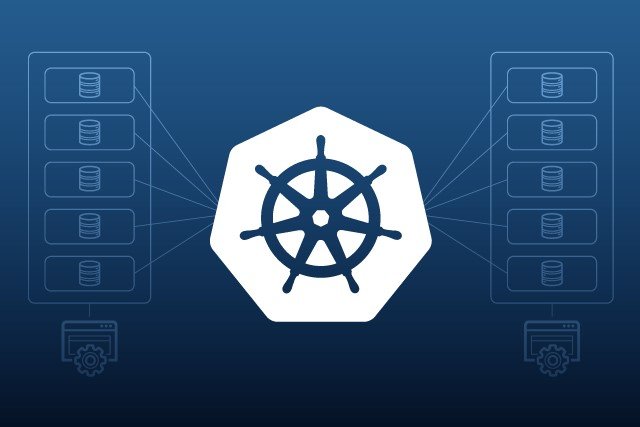Kubernetes is a production-ready and open-source platform, also known as K8s. It helps in the automation of deployment. It also helps in scaling, and managing applications that are containerized. Kubernetes groups containers into logical units. These containers make up an application. The grouping helps in easy management and discovery. Nowadays, web users expect 24/7 availability of web applications. Developers deploy new versions of the applications several times. For this reason, containerization has helped in fulfilling these goals by packaging software. This enables applications to be available and updated with no downtime. The Kubernetes platform has been running production workloads for over 15 years at Google. It combines with the best practices and ideas from the community. In this article, we give you five tips on how you can learn and master Kubernetes;
Read, listen, watch, and learn
Like any other subject, it is important to build your knowledge on Kubernetes. Experts urge researching before advancing into the practical bit of the system. With technology, you have ease of access to lots of information and tutorials. Retriever Communications CTO, Nic Grange suggests reading any material by Kelsey Hightower. Kelsey is the Google Developer Advocate. Begin with ‘Scalable Microservices with Kubernetes’, a free Udacity course by Kelsey. Grange also recommends ‘Kubernetes: Up and Running’. It is also by Kelsey and Brenda Burns, a Kubernetes creator. You can also get the Kubernetes guide, looking at how the platform fits into the business IT structure.
Have a plan for understanding concepts
Once you have understood the basic concepts, you can dig more into how Kubernetes work. Experts in Kubernetes recommend starting learning with containers before diving into the platform. Being able to package your software in a simple and absolute manner is a key step. It helps you learn both deploying applications, and monitoring and upgrading over time. With this, you can advance to Kubernetes concepts, paying attention to one thing at a time. Most experts recommend starting with Kubernetes Pods. You can do this while playing with the working Kubernetes cluster.
Test Kubernetes
Once you learn the Kubernetes core concepts, test the software. You will get to understand how the cluster behaves while noting any challenges. For this, you can have a managed cloud service or locally test Kubernetes. That means you can consider ‘Minikube’, an open-source project. This project allows you to run a single-node cluster in a VM on your gadget. For most, getting the Kubernetes platform running is a challenge. Starting your clusters can be stressful for no reason. With this tool, you can skip that step first and focus on how to deploy and manage apps. You can thereafter rewind and learn how to generate your clusters.
Begin with non-critical workloads
Trial-and-error is part of any successful learning approach. Mistakes help you expect missteps thereby limiting their impact on apps on a lower level. This is a key step as you advance from ‘learning and testing’ to ‘building containers in production. You may also consider using OpenShift. This is an orchestration platform for managing containers in a scalable manner. With time, you will build your confidence in installing more critical workloads.
Switch from basic concepts to advanced learning
Assess yourself to ensure that your learning curve is progressing upwards. While practicing, you should learn and gain a better understanding of concepts. This will allow you to use them with ease and understand the Kubernetes platform. While building the first applications, dig deeper into the magic of the platform. Attempt to answer questions such as ‘When addressing your needs for securing the pods, which are the available options?’. Also, ‘How does Kubernetes enable persistent volumes?’. ‘How does it manage the volumes while pods move?’, and ‘How does it route to services?’. Doing this can help you to understand how to effectively use Kubernetes management tools and give you a better understanding of how to effectively run a hybrid cloud network using virtual machines or servers.
Master New Relic
New Relic makes it easier for software developers to monitor the progress of any development program, as well as understand their digital programs. With New Relic, your journey towards mastering Kubernetes can become easier. As a software developer, you must understand how your workloads and clusters work—and you need to do that easily and fast.
And this is where New Relic comes in, it can help you troubleshoot faster and easily by analyzing your clusters in a single user interface. The good thing is, you don’t need to redeploy your applications, update code, or deal with a long and tedious standardization process within your development teams. Pixie and Auto-telemetry can give you direct visibility into your Kubernetes workloads and clusters within minutes.
On the other hand, the Kubernetes explorer gives you one platform where you can analyze your Kubernetes entities, that is, all your nodes, deployments, namespaces, pods, ReplicaSets, workloads, and containers. Every piece of the pie in the explorer represents a node, while each hexagon represents a pod. Selecting a pod allows one to analyze the performance of their applications—this also includes accessing related log files.













